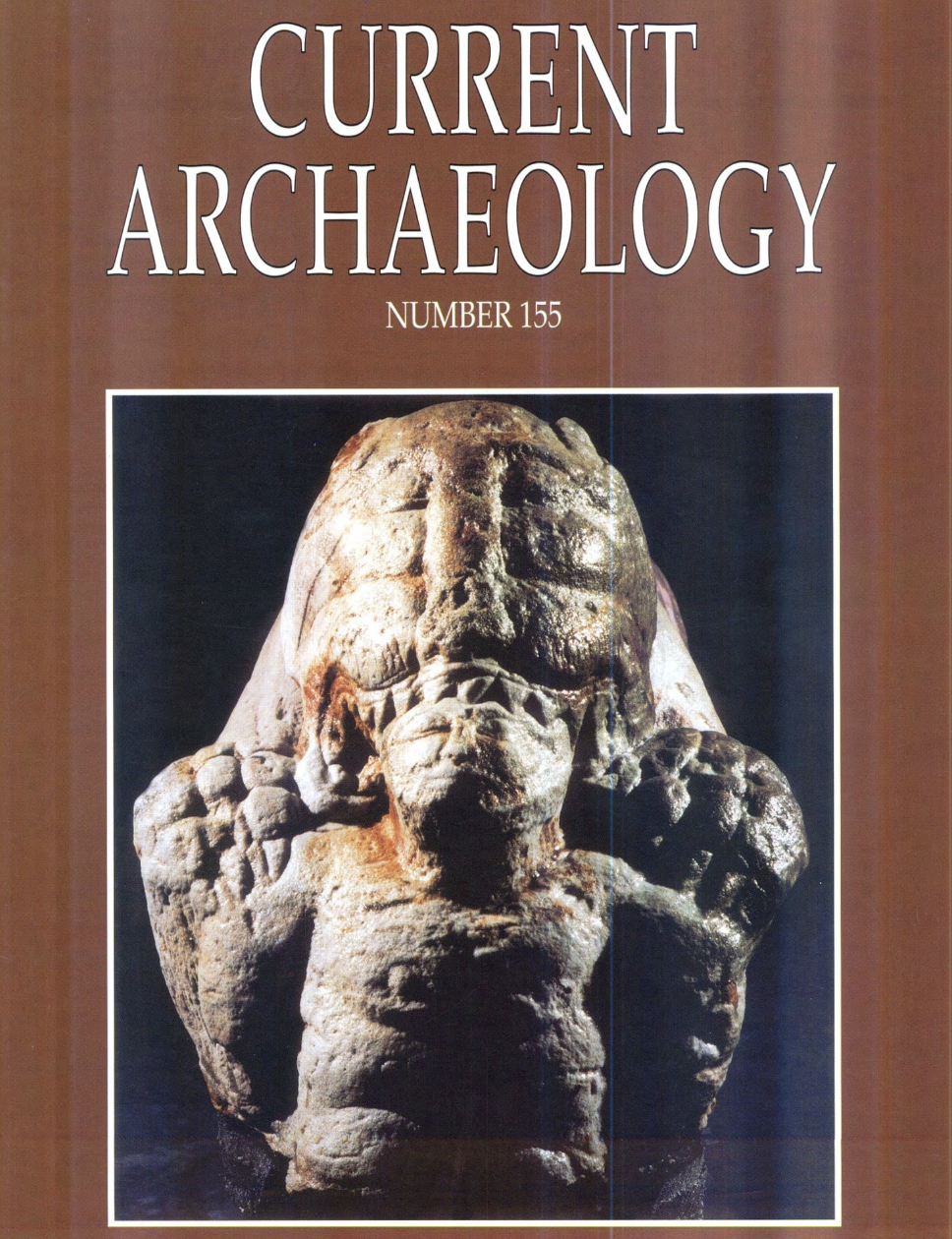Well, what has been happening in archaeology in 19977 We have three major articles in this issue before coming to our round-up of some of the summer’s activities.
In Cramond, a charming village on the northern outskirts of Edinburgh, there is still a ferryman to ferry foot-passengers across the River Almond. The ferryman gradually became aware of a large carved stone lurking at low tide by the landing stage. He thought it might make a nice garden ornament, but on investigation it turned out to be possibly the finest piece of Roman sculpture ever found in this country.
Northampton is an odd town. It has no ancient cathedral and no university, yet in the Middle Ages it had the third largest walled area of any town in the country. Excavations in recent decades have revealed some of the secrets of its mysterious past and here Michael Shaw and his colleagues unveil some of the work of the last decade to reveal the rise and fall of medieval Northampton.
When Philip Rahtz retired from being Professor of Archaeology at York University, he looked around for a suitable site to dig. His eye soon lit on Kirkdale church, isolated in the country but with clear signs of its original Saxon importance. Here he reports on his latest discoveries.
And finally – well, what has been happening in 19977 We take a quick look at a range of subjects from Re-enactment at Kirby Hall, Modern art at Segsbury Hillfort, through a trip along Hadrian’s Wall and up into Scotland and then back for a quick look at a Romano-British barn near Derby and an exercise in democratic archaeology in Norfolk. The conclusion – if conclusions there can be – is that universities appear to be returning to play a field role in British archaeology.

